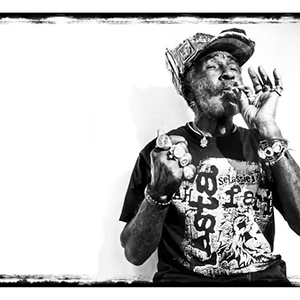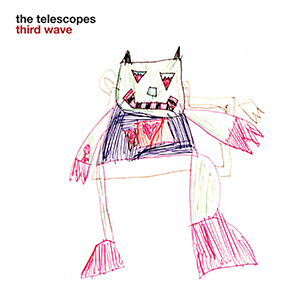Verge; India in Western Culture
By Jo Phillips
A new publication, On the Paths of Enlightenment: The Myth of India in Western Culture, explores our fascination with India from the 1800s to the present day. Filled with wonderful paintings, illustrations and photography, the book covers how all types of art forms have been inspired by the welcoming mythology and multiculturality of the nation. It provides a detailed and intriguing context to this allure of the country and explores how its spirituality encouraged Westerners to oppose and resist consumerism and materialism they were so familiar with, allowing travellers to awaken and “find themselves” in whichever way was central to them.
Myth of India shows how this inspiration began to be reflected in music, art, writing and filmmaking. It includes more than 600 colour illustrations.
.Cent’s Picks:
With the expansion of colonialism, Myth of India shows how orientalist painters emerged in the second half of the 19th century, and the painter who most greatly devoted himself to Indian subjects, Edwin Lord Weeks (1849-1903).
An important part of the book discusses the writings of philosopher Carl Jung and his relationship with India. In 1936, Carl Jung argued that Westerners were not suited for the practice of yoga, but his findings can be observed to show that Jung’s attitudes changed, and later thought of India as a “dreamlike” world.
Camille Henrot’s experimental film The Strife of Love in a Dream (2011) takes Jung’s idea, as well as Indian psychoanalyst Sudhir Kakar’s assertion that India is ‘the unconscious of the West’ to connote a particular perspective of cross-cultural representation. This is only one example in Myth of India; the book providing a catalogue of films from independent and documentaries to big Hollywood blockbusters. It’s surprisingly critical too, questioning the success of portraying youthful Indian culture in Danny Boyle’s Oscar-winning Slumdog Millionaire, comparing this feature with films that represent youth culture in a more bold and confident way.
The book also studies how Odilon Redon became intrigued by Eastern spirituality and how it influenced his own art.
Amongst exploring other musicians, Myth of India delves into how Ravi Shankar became a cultural mediator, how his style became embedded in Western jazz and pop, inspiring the likes of The Beatles. The publication gives the reader an opportunity to digest parallels between sounds in music that they know and love.
Here, two of Cent’s modern examples of Western music inspired by Indian sounds.
Alt-J – Taro
Porches – Anymore
In 1929, photojournalist Walter Bosshard went to India the following year to document developments in the local campaign for independence. The publication delves into Bosshard’s time with Gandhi, how his photographs chronicled the prophet’s nonviolent resistance, what the photographs stood for and still represent today.
Rudyard Kipling spent the first six years of his life in India. Myth of India examines how these years clearly influenced the British writer in creating the classic, The Jungle Book.
In turn, we thought we’d mention novelist and poet Vikram Seth, a writer of Indian origin who has brought his culture to us, rather than Western travellers bringing inspiration back from the East. Seth has written novels such as A Suitable Boy, set in a newly post-independence India. Published in 1993, the book is one of the longest novels ever published in a single volume in the English language, and a sequel is due to be released in 2018.
It’s certainly not an overstatement to say that Myth of India is both exceptional in its collection of art. What really forms its spine though, is the contextualisation of the wonderful work, emerging in an unparalleled exploration of Indian art and culture.








